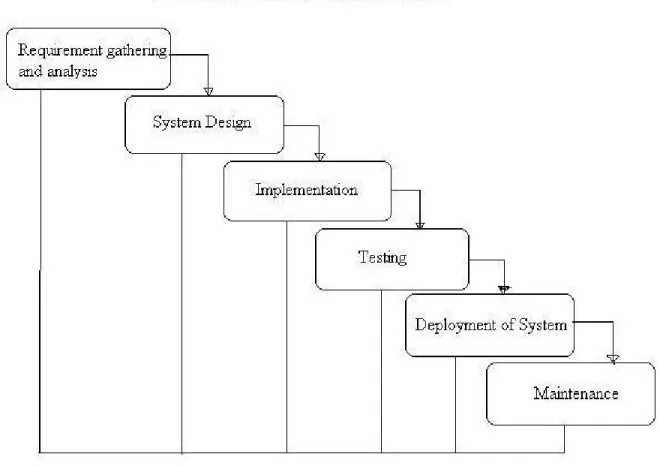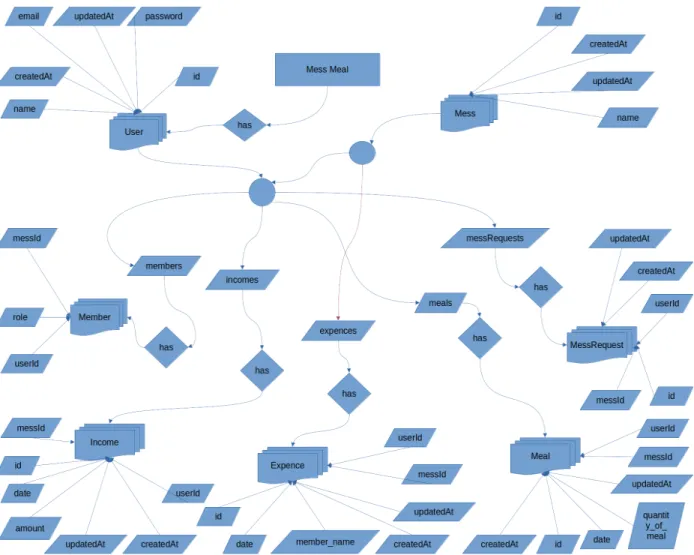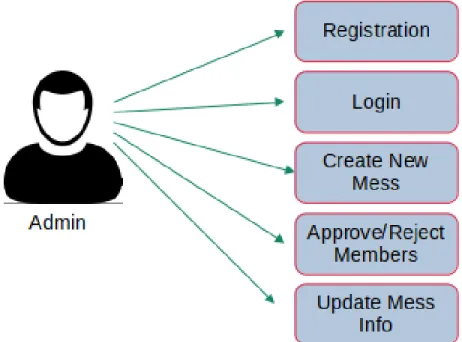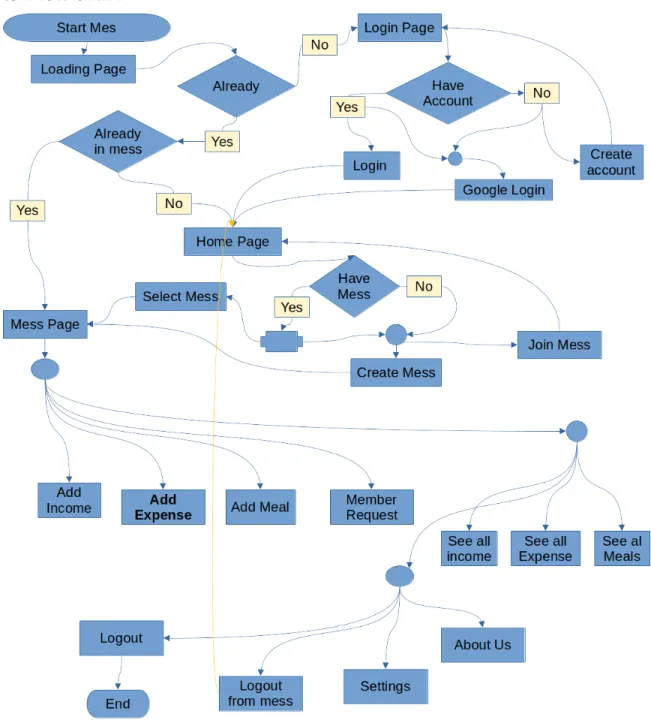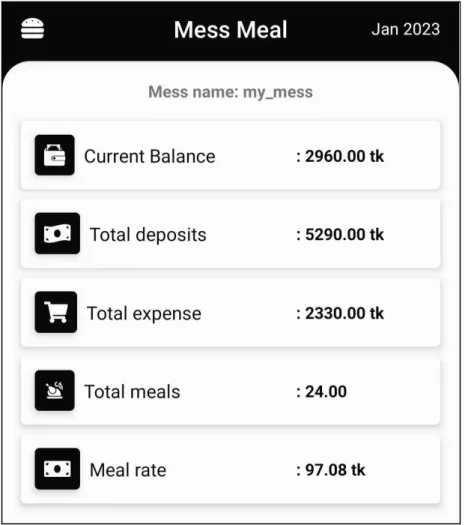Submitted as partial fulfillment of the requirements for the bachelor's degree in computer science and engineering. Abu Sadat Rana (CSE of the Department of Computer Science and Engineering, Sonargaon University (SU), has been accepted as satisfactory in partial fulfillment of the requirements for the degree of Bachelor of Science in Computer Science and Engineering and approved as to its style and content We hereby declare that the work presented in this report is the result of the study conducted by us under the supervision of Sadia Tasnim Barsha, Lecturer and Examination Coordinator, Department of Computer Science and Engineering, Sonargaon University, Dhaka, Bangladesh.
We confirm again that no part of this project has been or will be submitted elsewhere for the award of any degree or diploma. The group of people are very busy and do not have time to manage and account for the whole activities of eating manually on the paper pen. Mess Meal Planner provides meal management with mess members and each member transaction of meal expenses.
Any member can join a mess by entering the unique mess name which is approved by the admin. Each member of the mess can see the number of their meal and the amount they have to pay. We are glad to have the good association as well as supervision of Sadia Tasnim Barsha, Lecturer and Examination Coordinator, Department of Computer Science and Engineering, Sonargaon University, whose kind and valuable support with best concern and guidance acted as the means necessary to perform. our project.
Dr. Md Alamgir Hossain, Dean, Faculty of Science and Engineering for his kind concern and precious suggestions.
1-3
Objective of Mess Meal Planner Application
Needs of Mess Meal Planner Application
Methodology Development Model
System design – The requirements specifications from the first phase are examined in this phase and the system design is prepared. This system design helps specify hardware and system requirements and helps define the overall system architecture. Implementation −With input from the system design, the system is first developed in small programs called units, which are integrated with the next phase.
Integration and testing - All units developed in the implementation phase are integrated into a system after testing each unit. System deployment - After functional and non-functional testing is done; the product is distributed to the customer's environment or released to the market.
4-16
Specification Requirement
- Software Product Features
17-20
- Use Case Diagram
- Admin Use Case Diagram
- Flow Chart
- Advantage
- Structure of The Project
- Feasibility Study
- Technical Feasibility
- System Analysis
- System Design
- Implementation
- Test Generation
The mess meal system is a dynamic and practical approach as it makes managing the dormitory and other related facilities much easier. One of the main benefits of a mess meal system is that it reduces the burden on the mess manager and simplifies roles and responsibilities as most manual tasks and common paperwork can be done through the online system. An online mess meal system ensures data management and flawless execution of administrative tasks, such as mess meal application management, registration, fee management, mess payment management, disciplinary matters and communication of easy with members of the mess.
The trade show meal management team can access all trade show meal data and manage workflow from their device at any time – ensuring updates are made in real time and notifications to trade show members can also be sent in real time. A feasibility study is an analysis that considers all aspects of a project's relevant factors—including financial, technical, legal, and planning considerations—to determine the likelihood of successfully completing the project. The computerized system will help automate the selection, leading to the costs and details for the fair members.
A system is a collection of different parts that form a functional unit that achieves a specific goal or result. Therefore, systems analysis is a problem-solving approach that breaks down a larger system into these aforementioned parts in order to determine how it functions so that a specific goal can be achieved. The systems design process involves defining the architecture of software and hardware, components, modules, interfaces, and data that enable the system to meet a set of well-defined operational requirements.
In general, systems design, systems engineering, and system design engineering all refer to the same intellectual process of being able to define and model the complex interactions between the many components that make up a system, and being able to implement the system with the correct and efficient use of available resources. System design focuses on defining customer needs and required functionality early in the development cycle, documenting the requirements, and then proceeding with design synthesis and system validation considering the overall problem consisting of System design brings together all engineering disciplines and specialized groups in teamwork to design a structured development process , which runs from concept to production to operation. The main goal of each mess is to provide clean and fresh food to each member of the team.
It would be possible to do the same work within a short period and without using much effort and manpower if there was software for the same. The software is not only limited to the food items and their billing manipulations but keeping the diet routines in the mess is also possible through the apps. This activity generates a set of test data that can be used to test the new system before accepting it.
In the test generation phase comes all the parts that need to be tested to ensure that the system is error-free. If there are errors, we remove them and leave the system to service.
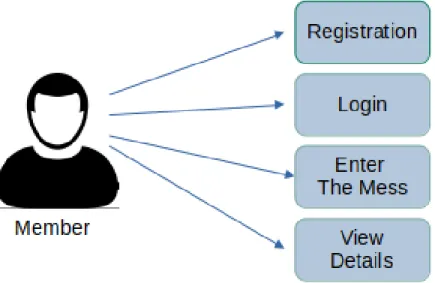
25-26
Future Work
Conclusion
